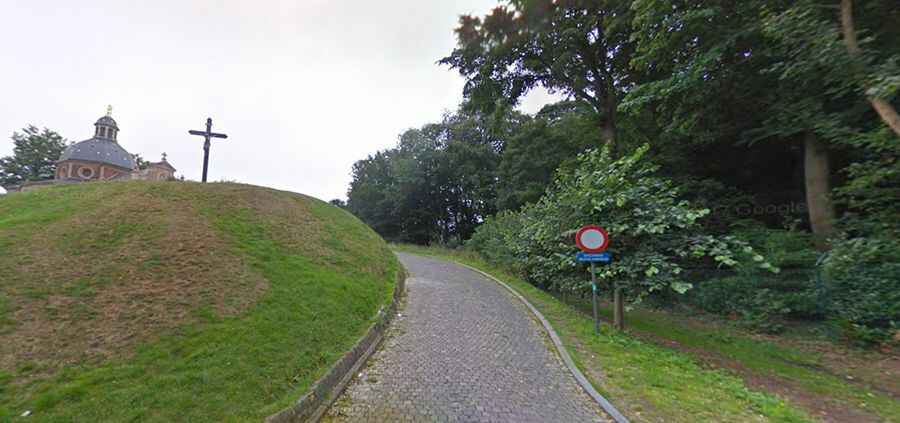Muur van Geraardsbergen is one of the most iconic roads for cyclists
The Muur van Geraardsbergen, also known as the Wall of Geraardsbergen, is a famous climb in the center of the ancient city of Geraardsbergen, in the hilly southern part of the Belgian province of East Flanders.

Iconic Ascents: The Muur van Geraardsbergen's Role in Professional Cycling Races
It is a steep and cobbled road that has become iconic in professional cycling races. The climb is often featured in the Tour of Flanders, one of the monuments of the European professional road cycling calendar.
Reviving Tradition: Muur's Return to the Tour of Flanders in 2017
The Muur was a regular part of the Tour of Flanders until 2011 when the route was altered. However, due to its historical significance and popularity among fans, it was reintroduced in the race in 2017. The climb is known for its challenging cobbled surface, with gradients reaching over 20%, making it a decisive and memorable part of the race. The Wall of Geraardsbergen starts near the river Dender at 18m above the sea level, and reaches the top of the Oudenberg at 110 m, after 1,075m at an average percentage of 9.3 per cent.
Cultural Significance: Exploring Muur's Rich History and Chapel Connection
Cyclists, both amateurs and professionals, are drawn to the Muur to experience the challenge and to pay homage to the rich history of the climb. The site, also known as Kapelmuur, Muur-Kapelmuur or simply Muur, is also associated with the chapel at the top, known as the Chapel of Our Lady of the Oudenberg, which adds a cultural and religious dimension to the cycling experience. The Muur van Geraardsbergen remains a symbol of the demanding and picturesque terrain that characterizes classic European cycling races.